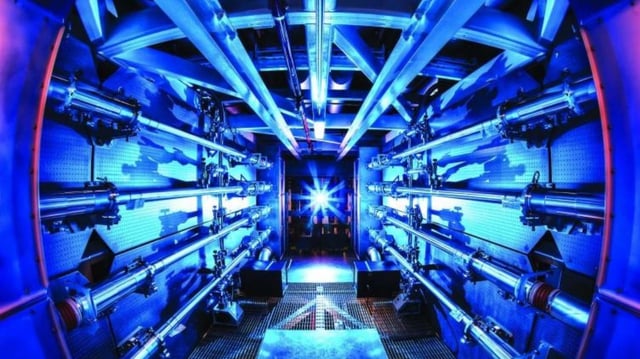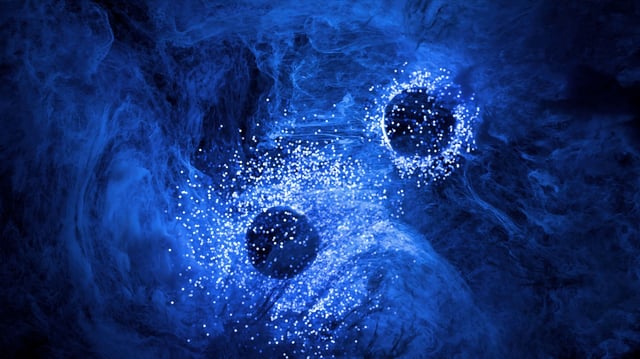Overview
- At the ACS Fall 2025 meeting, LANL physicist Terence Tarnowsky outlined a design for a particle-accelerator-driven reactor that uses molten lithium salt to convert spent nuclear fuel into tritium.
- Simulation-based estimates suggest a one-gigawatt version could produce roughly 4.4 pounds (2 kg) of tritium annually and deliver over ten times the tritium-per-thermal-power of a fusion reactor.
- The design’s accelerator-enabled on-off control and molten-salt confinement aim to improve safety, manage heat and hinder the extraction of fissile materials for weapons.
- With planetary tritium inventories at just tens of kilograms and commercial tritium costing about $33 million per kilogram, the proposal seeks to address a critical supply bottleneck for fusion research.
- Next steps involve refining simulations, developing molten-salt reactor code and producing detailed cost estimates as the project moves toward engineering validation and policy evaluation.


